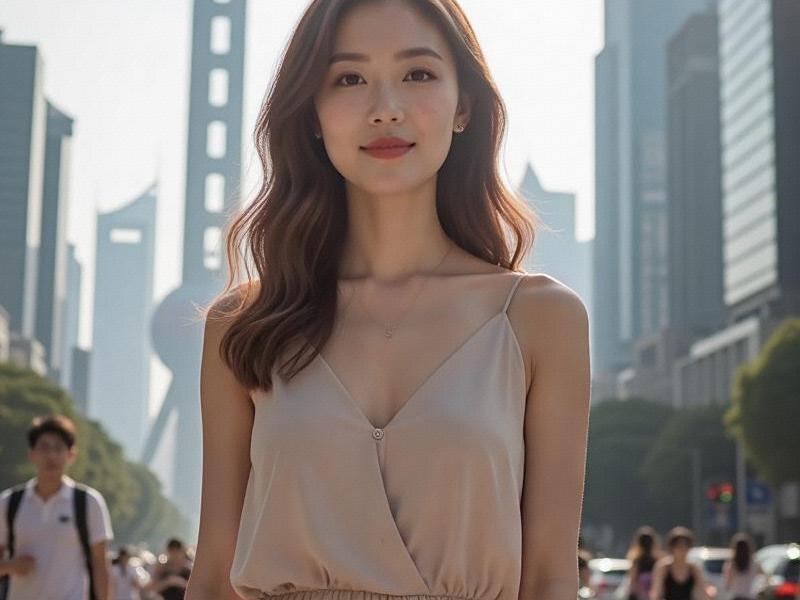This in-depth report examines Shanghai's emergence as Asia's newest cultural capital, where historic preservation meets avant-garde creativity, creating a unique ecosystem that blends Chinese traditions with global influences.

The cobblestone lanes of Shanghai's West Bund now echo with a new rhythm - the sound of power drills mixing with piano concertos from nearby conservatories. This former industrial zone along the Huangpu River has transformed into one of the world's most dynamic art districts, home to over 50 galleries, 30 museums, and countless studios in repurposed factory buildings. This metamorphosis symbolizes Shanghai's broader cultural awakening as it positions itself as Asia's premier creative hub.
The Art District Phenomenon
Shanghai's art scene has exploded beyond traditional centers like M50. The West Bund Cultural Corridor now stretches 8.5 kilometers, anchored by the Long Museum and Tank Shanghai - a contemporary art complex built in converted aviation fuel tanks. Nearby, the 400,000-square-foot Star Museum designed by French architect Jean Nouvel hosts blockbuster international exhibitions.
"Shanghai has developed a unique gallery ecosystem," says curator Li Feng. "Unlike Beijing's artist villages or Hong Kong's commercial galleries, we have institutional collectors, private museums, and experimental spaces coexisting." This diversity shows in the numbers - Shanghai hosted 1,200 art exhibitions in 2024, surpassing Hong Kong and Tokyo.
上海贵族宝贝龙凤楼
Creative Economy Boom
The cultural sector now contributes 8.2% to Shanghai's GDP, employing over 1.3 million people. The government's "Design Capital 2030" initiative has nurtured creative clusters like the 1933 Old Millfun slaughterhouse-turned-design hub and the Power Station of Art's incubator for digital creators. International brands increasingly collaborate with local artists - recent projects include Louis Vuitton's partnership with ink wash painter Wang Yigang and BMW's artist residency program.
Heritage Meets Avant-Garde
上海品茶网 Shanghai's preservation efforts have taken a creative turn. The Jing'an Sculpture Park incorporates salvaged architectural elements into contemporary installations. The renovated Columbia Circle houses fashion boutiques in 1930s villas, while the newly opened Blackstone Apartments blend Art Deco interiors with immersive digital art.
This fusion extends to performing arts. The Shanghai Symphony Orchestra's "Future Traditions" series recomposes folk music using AI, while Jingju Theatre Company's high-tech Peking opera productions attract young audiences. The results are striking - traditional arts attendance has grown 45% among under-30s since 2022.
Global-Local Collaborations
爱上海 International partnerships flourish. The newly established Shanghai International Art City (a joint project with London's Southbank Centre) will host 30 international arts organizations when completed in 2026. The annual "East-West Dialogues" festival now features co-created works by Chinese and foreign artists, like the acclaimed multimedia piece "Huangpu Memories" with Berlin's digital art collective.
Challenges and Innovations
Rapid gentrification threatens some creative communities. In response, the city launched the "Artists in Factories" program, converting underused industrial spaces into affordable studios. The "Creative Passport" system gives artists access to resources across municipal boundaries, while blockchain platforms help protect intellectual property.
As Shanghai prepares to become UNESCO's next City of Design in 2026, its cultural evolution offers lessons for global cities. By valuing both heritage and innovation, Shanghai demonstrates how urban centers can cultivate authentic creative ecosystems in our increasingly homogenized world.